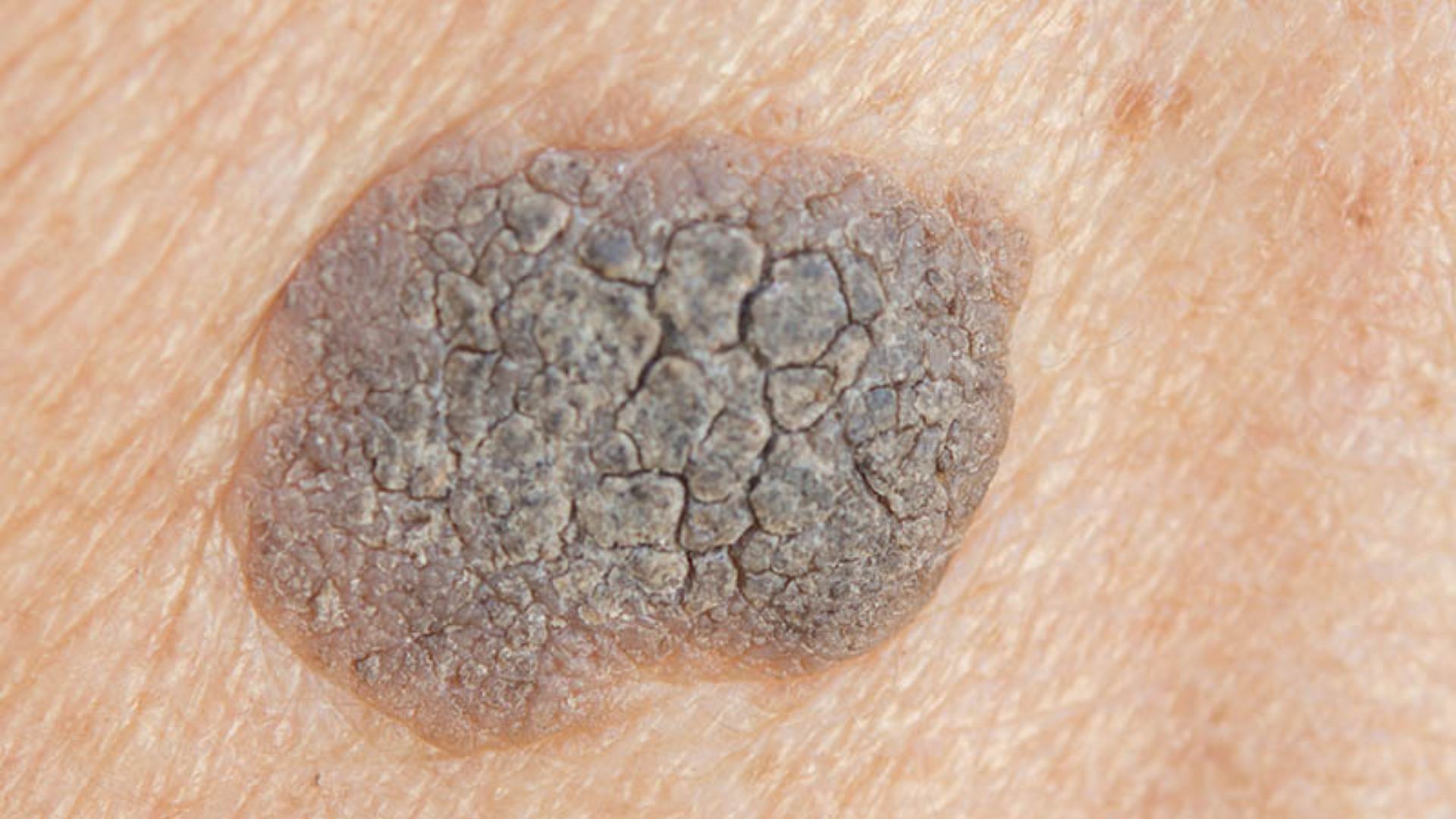
Seborrhoeic keratoses are benign, wart-like skin growths that commonly appear with age. They vary in colour from light brown to black and often, though not always, have a rough, raised texture.
The diagnosis of Seborrhoeic Keratosis is best made by a Dermatologist as other skin lesions can look like it.
Whilst harmless, they may become irritated, catch on clothing or cause cosmetic (aesthetic) upset.
Removal is performed under local anaesthetic using simple, non-invasive techniques.
At the Interface Clinic, no GP referral is required and patients can self-refer for treatment. If you have however seen your GP regarding your Seborrhoeic Keratosis then it is good practice to ask for your notes for our records as part of your medical records with us.
Healing Time: The area typically heals within one to three weeks, depending on the site and size of lesion.
Scarring: Scarring is uncommon, there are typically lighter, but sometimes darker coloured blemishes left at the surgery sites. Many patients heal without any mark.
Activity Restrictions: Normal activities can usually be resumed immediately, but the area should be kept clean and dry for 2 days.
There is a small chance they may grow back.
The local anaesthetic administration stings a bit but after that the procedure is painless and the area numb.
The area typically heals within one to two weeks, depending on the site and size of lesion.
Common factors are getting older, sun exposure, familial tendancy. Younger women may develop them in pregnancy.